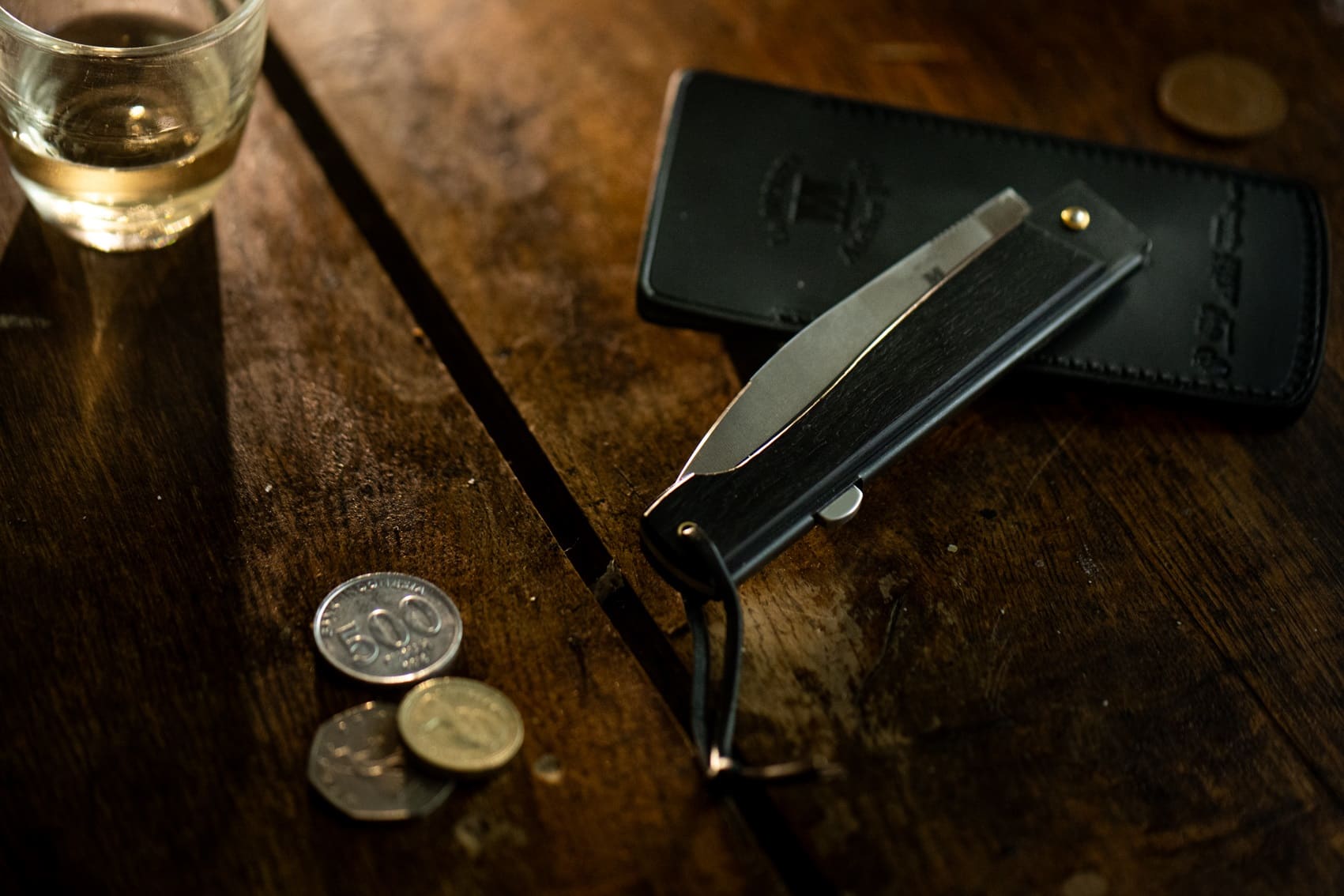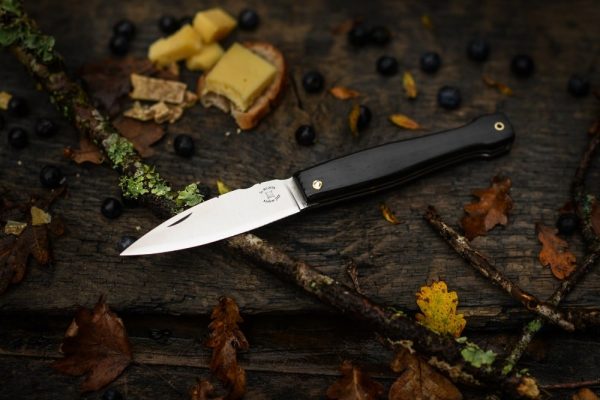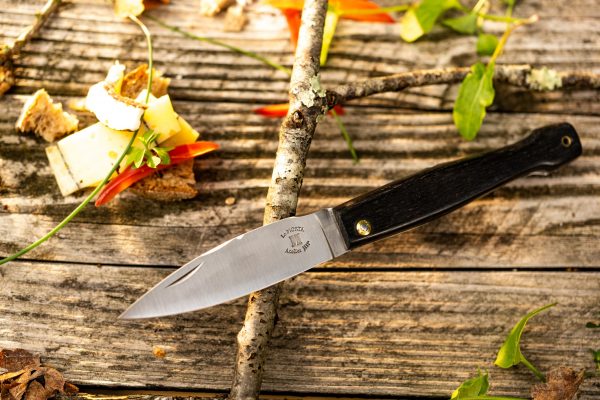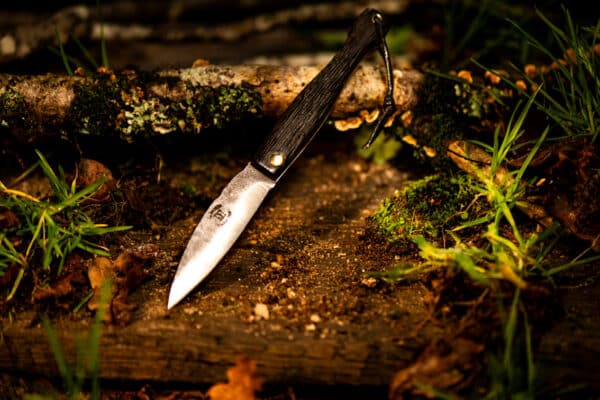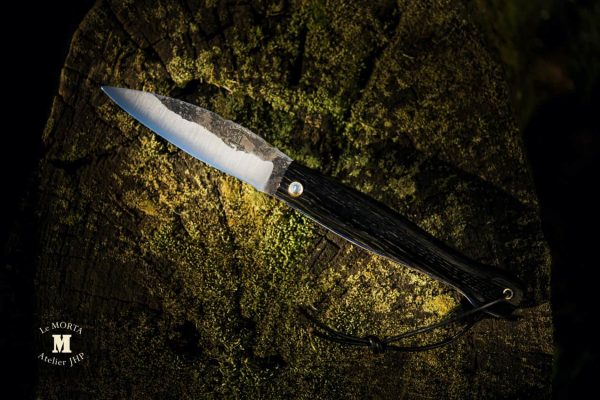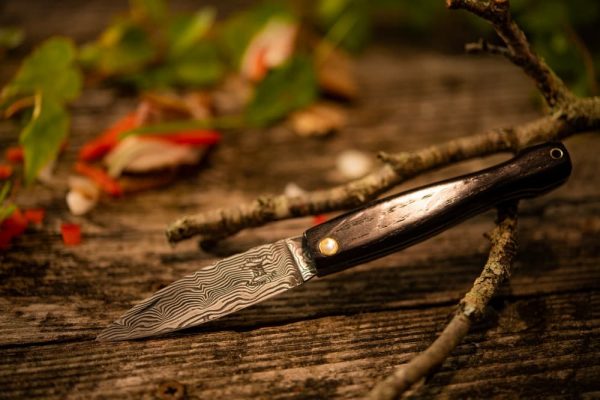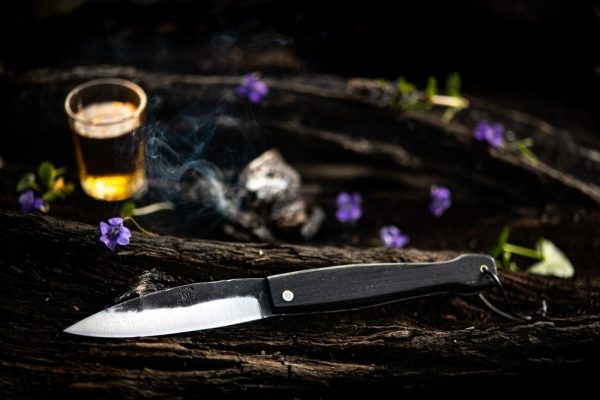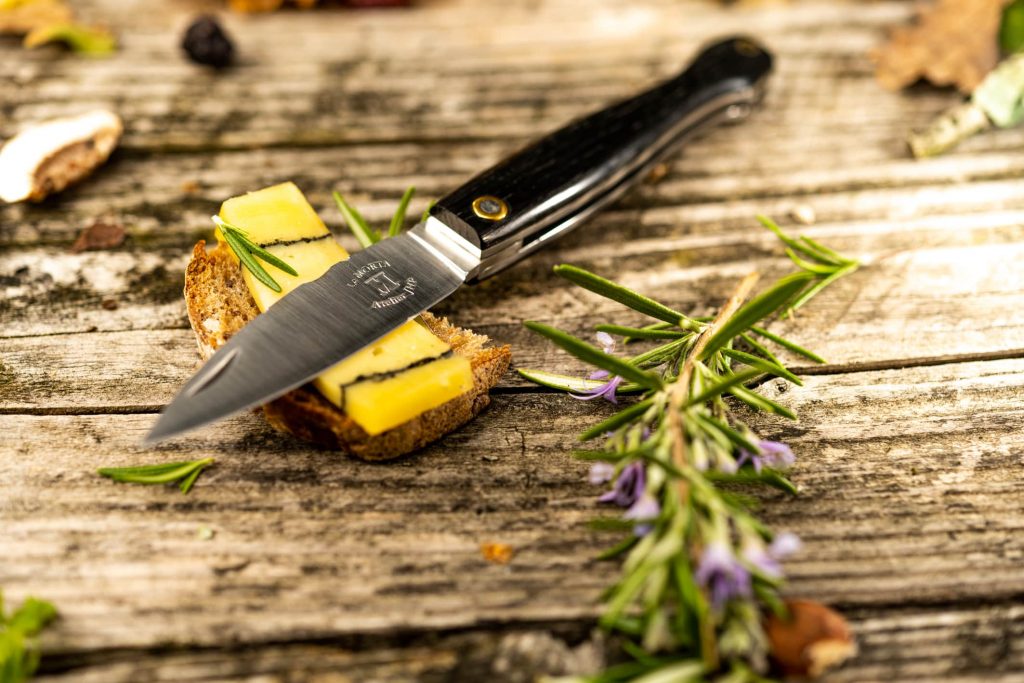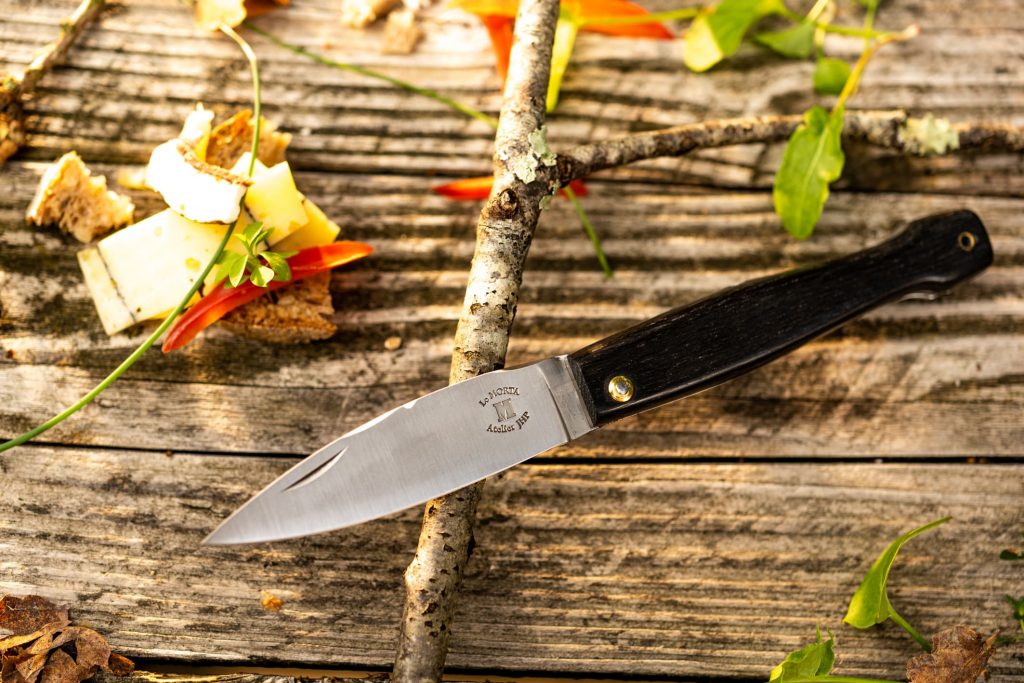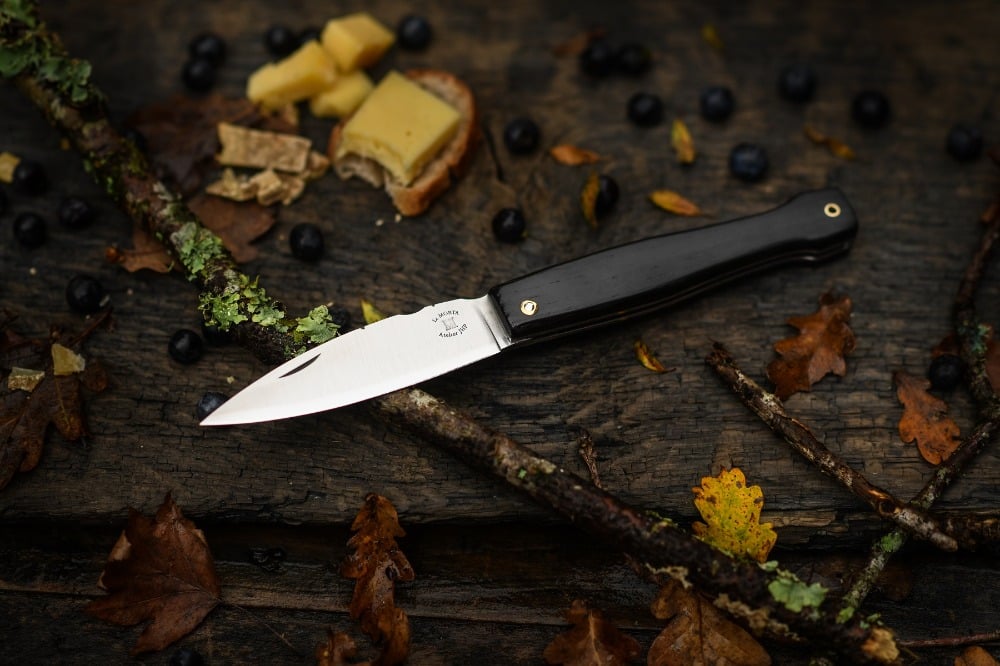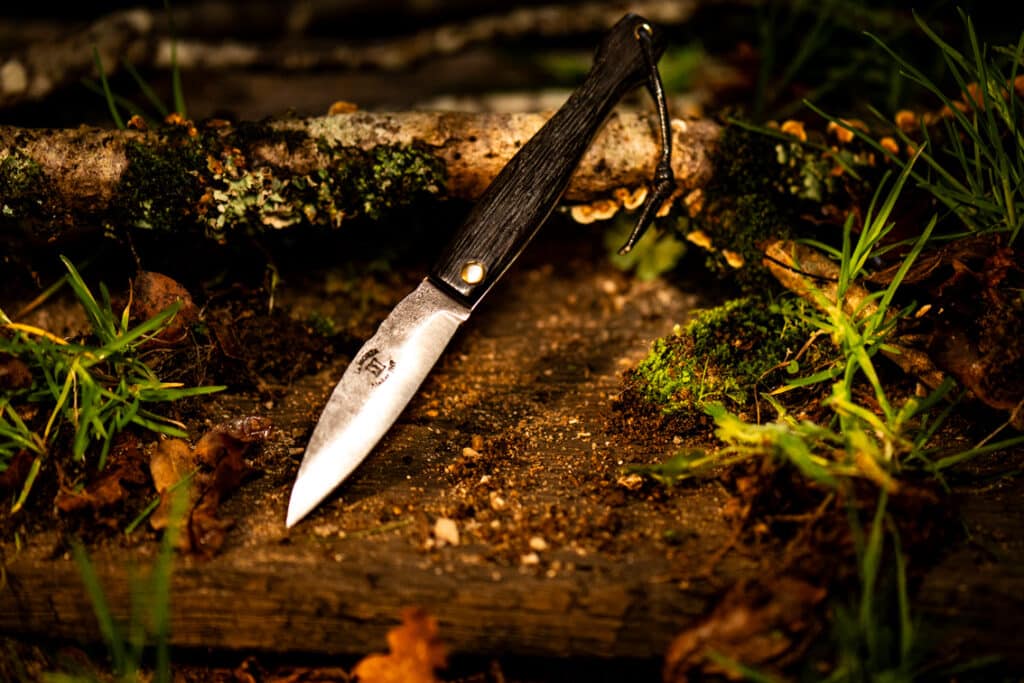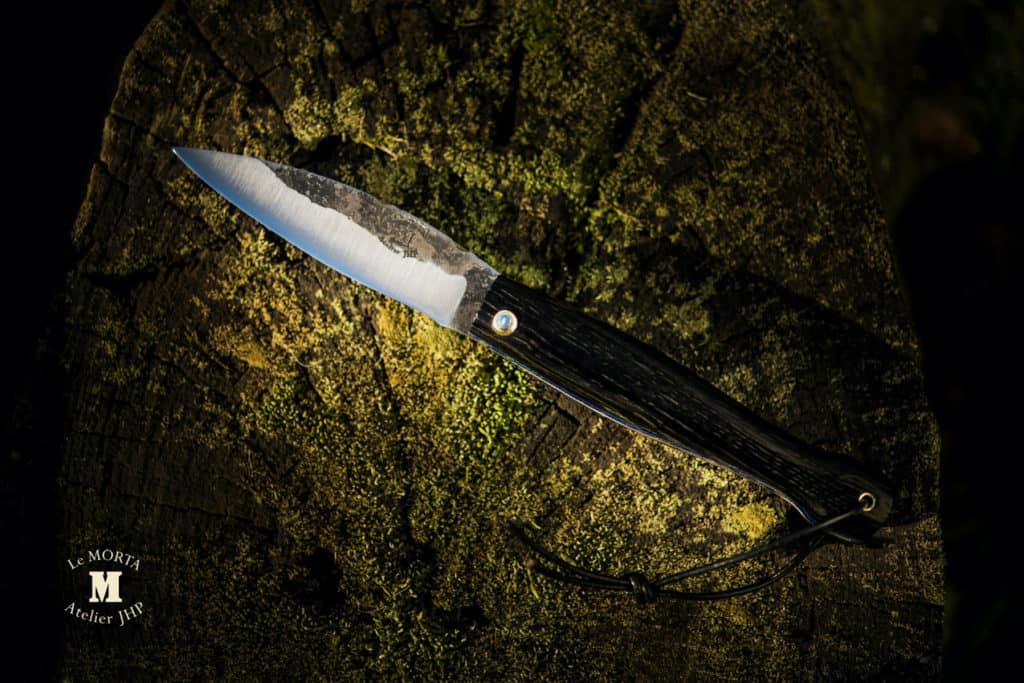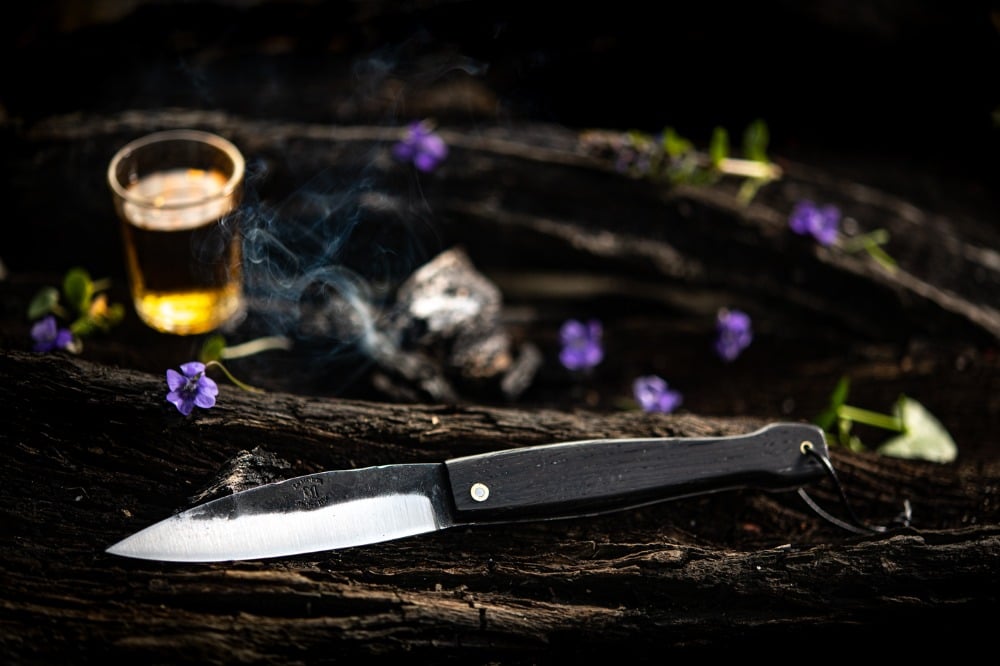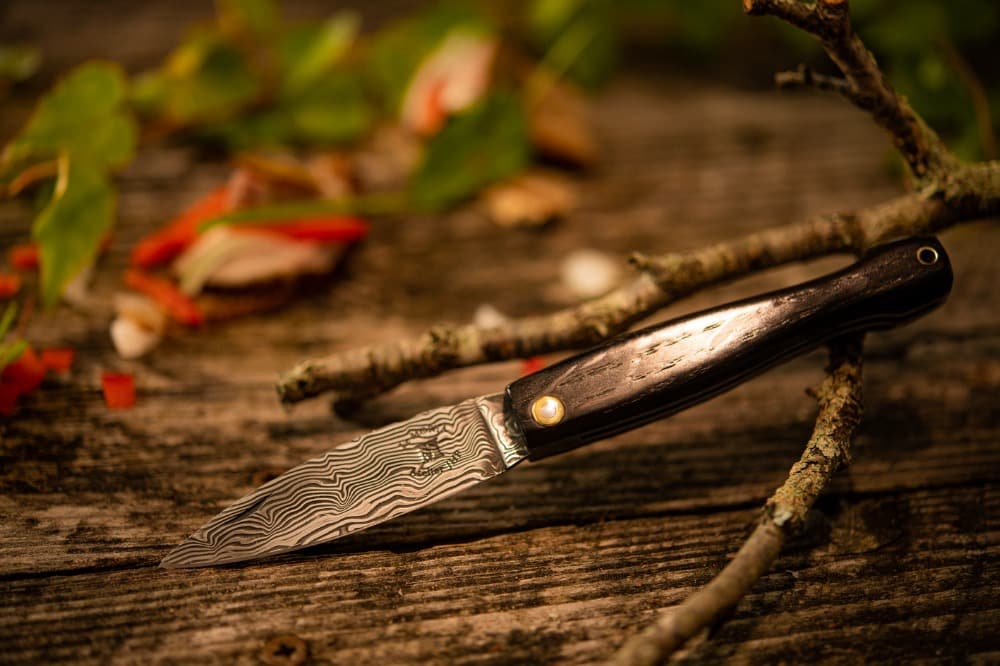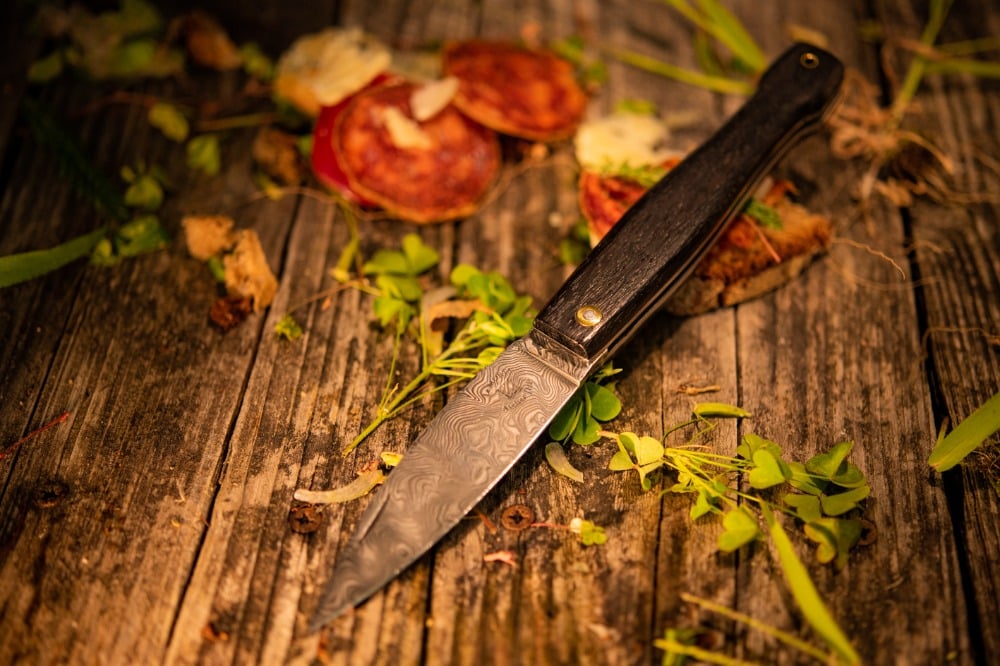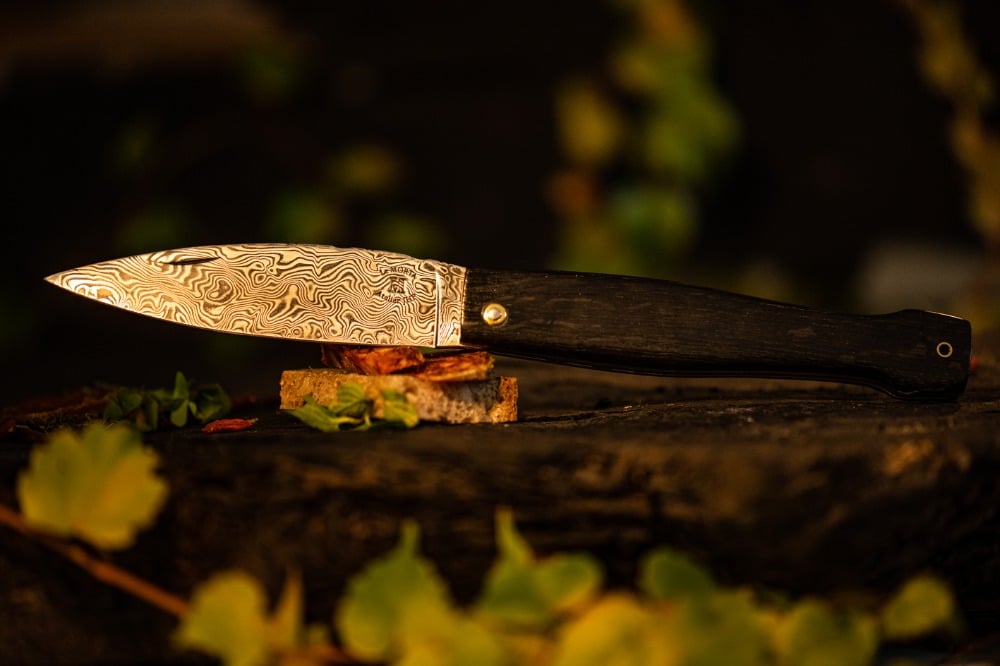They say money makes people happy! So much so that customs are multiplying to attract wealth and prosperity into the home. An eternal symbol of luck, security and power, money is much more than a system of exchange. The coin, with its symbolic value, has become an integral part of our daily lives. Haven’t you ever played a few cents in a game of belote or flipped a coin? Many traditions use a coin to ward off the evil eye: penny, dollar, franc, euro or any other currency. A few examples: when offering a knife, celebrating Candlemas, at the construction of a building or in the wallet, the penny serves as an antidote to misfortune. Blades, for their part, share a real history with coins. Discover the uses of numismatics by reading these few lines – it won’t cost you a penny.
The tradition of a coin for a knife: a custom that’s still very much alive today
The origins of the tradition
A knife, like a fine blade, represents power and strength. The Vikings saw in it trust, the Japanese honor. That’s why giving a knife is a symbolic act, a way of passing on these famous attributes to its recipient.
To what extent does this gesture commit the giver?
In the Middle Ages in particular, existential questions abounded:
- insinuating that the recipient lacked these honorific values, and thus damaging his or her reputation ;
- transmitting to the point of losing one’s own power;
- severing ties of friendship or love between people;
- placing a weapon in the hands of an innocent person;
- taking responsibility for future killings with this knife, etc.
These beliefs turn into a real superstition.
Would giving a knife bring bad luck?
The coin: a symbolic exchange, a cutlery tradition
The coin: metallic, solid and of market value, it balances the gesture and brings harmony. A penny, however modest, cleanses the recipient of any suspicion of honor or reputation. Exchanging it for a coin is tantamount to buying the knife, an unstoppable remedy for preserving the quality of the relationship between giver and receiver. Accepting a coin removes responsibility for the risks inherent in carrying the blade.
What do you think?
Elizabeth II herself respected this custom, and invariably gave a coin to anyone who offered her a blade.
Chandeleur: a coin for prosperity
40 days after Christmas, pancakes fill the plates. Festa Caldelarum, the festival of candles, the origin of the word Chandeleur, was a pagan festival celebrating the return of light (the days getting longer). The roundness of the pancakes symbolized the roundness of the sun.
Tradition calls for the first pancake to be thrown with the frying pan in the right hand and a golden louis in the left. Woe betide left-handers! If it falls back into the frying pan, the house is assured of prosperity. To anchor this wealth, the pancake is placed on top of the cupboard. Don’t worry, luck comes just as easily with 10 euro cents.
For Christians, Chandeleur closes the Nativity cycle, after Christmas and Epiphany. It commemorates the presentation of Christ in the temple of Jerusalem and the purification of Mary. According to Jewish tradition, newborn babies were brought to the temple within 40 days of birth. Believers took a lit candle home with them. If the candle went out before they reached home, it was a sign of the evil eye.
Laying the foundation stone and the coin: a Breton tradition
In Brittany, the coin symbolizes the age of the building.
The ritual of laying a building’s foundation stone dates back to the Middle Ages. It represents the consecration of religious buildings, a liturgical celebration dating back to the end of the 10th century. The cornerstone, the symbolic birthstone of the building, remained visible from the outside. To distinguish it, a commemorative inscription was engraved on it, the forerunner of today’s plaques.
« In the Morbihan region of Brittany, workmen used to cut a hole in the foundation stone and place a coin of the year in the hole. Then one of them would kneel down, recite a short prayer asking God to protect the new construction, then, addressing the silver coin, he would say the following words to it.
When this house falls.
In the first stone, we’ll find you.
You will mark
How long it has lasted ».
Paul Sébillot (1843-1918), French ethnologist, folklorist, writer and painter.
Legends and curiosities
Different cultures have different traditions
In Namur, Belgium, it was customary for the owner to sprinkle the first stone with a branch of boxwood dipped in holy water and then sealed into the wall.
In the Balkans, a human creature was immured in the wall (yes, yes, of course…).
In Scotland, a rooster’s head was beaten until blood ran down it.
Finally, in Greece, masons convinced that the first person to pass in front of the wall would die within the year would kill a lamb or a black rooster to ward off fate.
In the end, it’s better to build in Brittany…😉
Today, the tradition (of laying only, rest assured) persists. Elected representatives are extending it to all types of building (schools, apartment blocks, libraries, hospitals, etc.).
A coin in a wallet: a multicultural gesture
Inserting a coin into a wallet as a gift is found in many civilizations.
The Chinese put a coin in to ensure the recipient’s wealth. The value of the fortune depends on the value of the coin. Inserting money is a way of wishing them prosperity.
Europeans interpret this notion of wealth differently. Giving an empty purse means the recipient is poor.
Russians project security with this tradition. For them, the coin ensures the ability to meet small daily expenses.
For Italians, the gesture brings good luck.
In the United States, it confers financial stability. Money is money!
In your wallet or pocket, we strongly recommend that you hold a coin on January 1st of every year. Scientists tell us that the presence of a penny guarantees the year’s prosperity. Why not try your luck? 😉
Failing that, replace it with your pocket knife – that works too.
-

XL Solid Morta
180,00 € This product has multiple variants. The options may be chosen on the product page -

Solid Morta
140,00 € This product has multiple variants. The options may be chosen on the product page -

Mini solid morta as forged
210,00 € This product has multiple variants. The options may be chosen on the product page
When money becomes knives in African tradition
The Mongo, a Bantu people from Central Africa (Congo) renowned for their ancestral customs, use knives as currency. More than just cutting tools, these blades are used to clear forests or hunt, but also to make purchases. As far back as the Iron Age, the Bantus traded them to the Pygmies for services.
Since ancient Africa, these knives, like other forged objects (bars, bells, spearheads), have remained exchangeable items. In the twentieth century, matrimonial services are still paid for in exchange for knives.
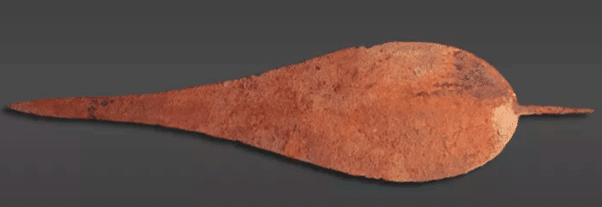
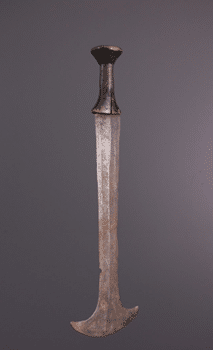
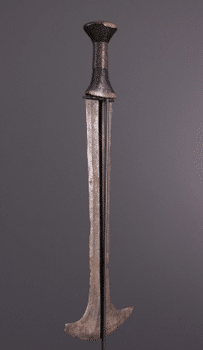
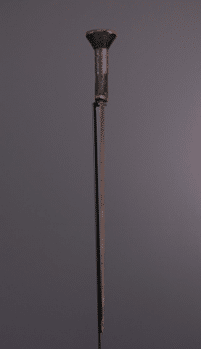
The metal blade is extended by a wooden pommel surrounded by leather. The Konda people paid in beads, cattle, kola nuts and knives. In particular, these primitive currencies settled dowries at weddings.
🗡 Who says a knife cuts the ties of friendship or love 😉?
🗡 And you, which knife will you offer to your promised one 😉 ?
-

Solid Morta as forged
245,00 € This product has multiple variants. The options may be chosen on the product page -

Mini Solid Morta Damascus
340,00 € This product has multiple variants. The options may be chosen on the product page -

XL Solid Morta as forged
325,00 € This product has multiple variants. The options may be chosen on the product page
Blades: recurring emblems in numismatics
When piles and faces arm themselves with their finest blades, coins proudly display their swords or knives.
🗡 1290: Philippe le Bel, the first sovereign to appear on a coin, his sword in his right hand.
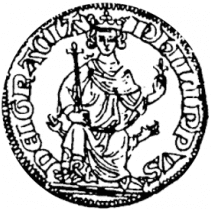
🗡 John II the Good (14th century) goes into battle with sword in hand. Indeed, scepter, hand of justice and arms are often engraved on coins that wish to offer a human representation of the king.
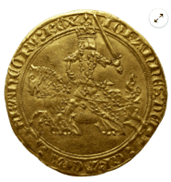
🗡 1791: the 5 sols bell metal sword coin, topped with a Phrygian cap.
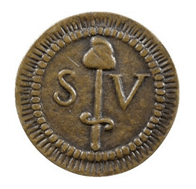
🗡 19th century: satirical 10-cent coin featuring Boulanger with a sword running through his neck.
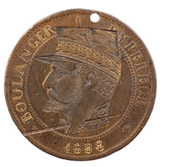
🗡 2002: 20 euro cents with crowned lion bearing sword. This rare coin sells for 150 euros.
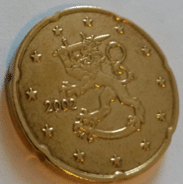
🗡 2018 : The Sword of Truth, model for the Truth TV series.
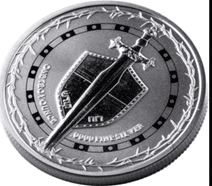
In addition to its market value, the coin carries many symbols: eternal wealth, a prosperous life, and so on. Everyday gestures are proof of its deep-rootedness in our cultural traditions.
The power of a single penny, a small coin at the bottom of your pocket, goes beyond reason and the settlement of a debt. It represents trust and a love of folklore.
An act that cryptocurrencies are not about to match.
What about a coin on a bracelet? I discover the Semeuses bracelet, adorned with authentic silver coins minted between 1897 and 1920 and signed by Oscar Roty.
Our sources: Le peuple Bantou
Article written by Christelle Lorant 🪶
FAQ – Article summary
What is the symbolic role of the coin in anti-evil traditions?
The coin plays an essential role in many cultures, as a talisman against the evil eye. Its metallic character and symbolism-laden history make it ideal for warding off negative energies.
This ancient practice, manifested in everyday gestures such as placing a coin in the foundation of a new building or exchanging a knife, shows how the power of money transcends its market value to become an object of protection and good fortune.
How do collector coins issued by La Monnaie de Paris celebrate tradition and history?
La Monnaie de Paris issues collector coins that celebrate tradition and history, enriching our numismatic heritage. These coins, in gold or silver, are minted in limited editions and are highly prized by collectors for their artistic and historical value.
They can commemorate important events, historical figures or national symbols, reflecting a society’s values and culture through time.
These issues are available for purchase directly from La Monnaie de Paris or via authorized distributors, with the possibility of international delivery to reach a worldwide audience of enthusiasts.
What is the historical significance of using coins in knife exchanges?
Offering a knife is a practice laden with symbols of power and honor, found among the Vikings as representing trust, and among the Japanese as a symbol of honor. However, this offering can also be seen as evil without the counter-gift of a coin.
The coin, which can be a collector’s item or a historic franc, acts as a symbolic regulator that “buys” the knife and neutralizes the negative implications of this gift, thus preserving the values of honor and mutual respect.
What is the Chandeleur coin tradition?
Candlemas, celebrated 40 days after Christmas, is marked by the tradition of cooking pancakes with a coin, either a louis d’or or a 2 euro coin, in the left hand.
If the first pancake is successfully thrown and falls back into the pan, the tradition promises prosperity and wealth for the whole year.
This numismatic ritual is rooted in beliefs that link the round shape of the pancake, symbolizing the sun, to the circular, continuous wealth represented by coins.
How are coins used in building foundation rites?
In certain regions of Brittany, when the foundation stone is laid, a coin minted in the current year is placed in a hollow in the stone.
This tradition, which dates back to the Middle Ages, is intended to instill longevity and divine protection into the building. The coin, a modern French currency such as a euro or a 2 euro coin, also serves as a chronological marker, capable of revealing the age of the building should it ever be demolished or renovated.
What is the cultural significance of including coins in gift wallets?
The inclusion of a coin in a new wallet is a custom found in many cultures, aimed at ensuring the prosperity of the recipient. The coin may vary in value; it may be a common coin or a specific collector’s item.
In Europe, this practice is seen as a wish for financial security and good fortune.
In the USA, it symbolizes financial stability, while in China, it is believed to guarantee continued wealth. This gesture is underpinned by a profound belief in the metaphorical and material power of money.
How do coins illustrate the link between trade and ritual in traditional cultures?
Among the Mongo people of Central Africa, for example, knives, used as currency, show how utilitarian objects can also have monetary value.
These knives, exchanged for services or goods such as matrimonial dowries, underline the function of coins not only as a means of transaction but also as objects of ritual value.
This practice illustrates the versatility of ancient coins in exchanges and cultural traditions.
What role do coins play in preserving history and tradition?
Coins are more than just financial instruments; they are vectors of culture and history. Collector coins, minted with effigies of historical figures or significant events, such as commemorative 2 euro coins or gold louis, serve to celebrate and preserve historical heritage.
They enable collectors and numismatic enthusiasts to own a tangible piece of a nation’s history and culture, enriching their understanding and appreciation of the past.


